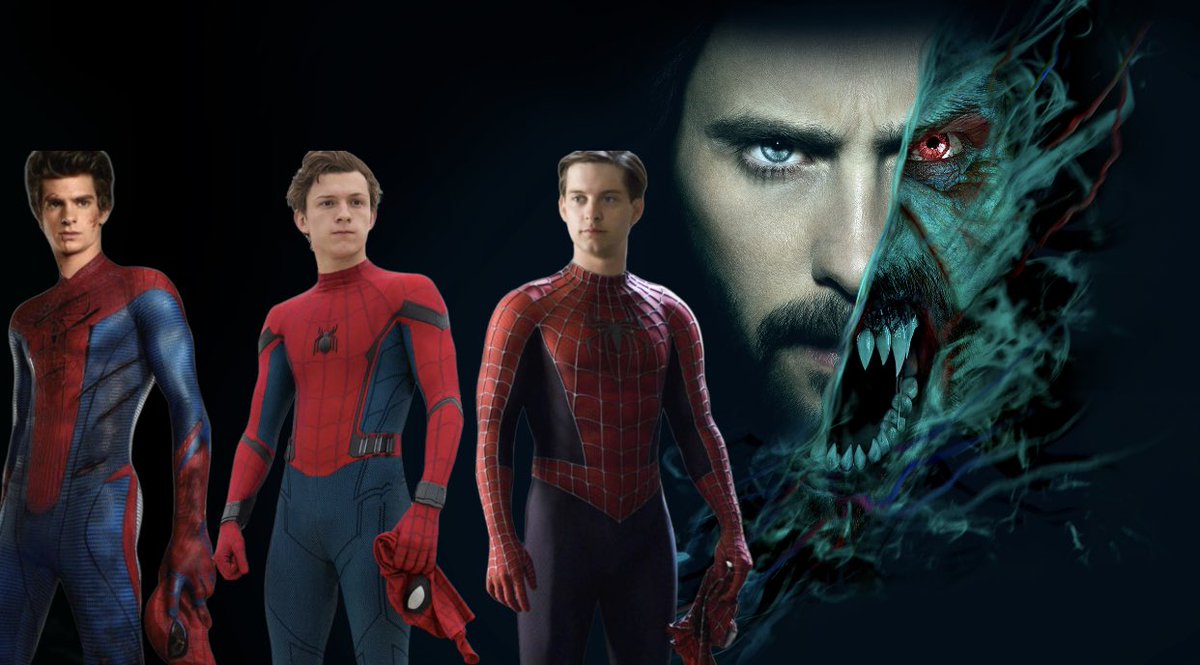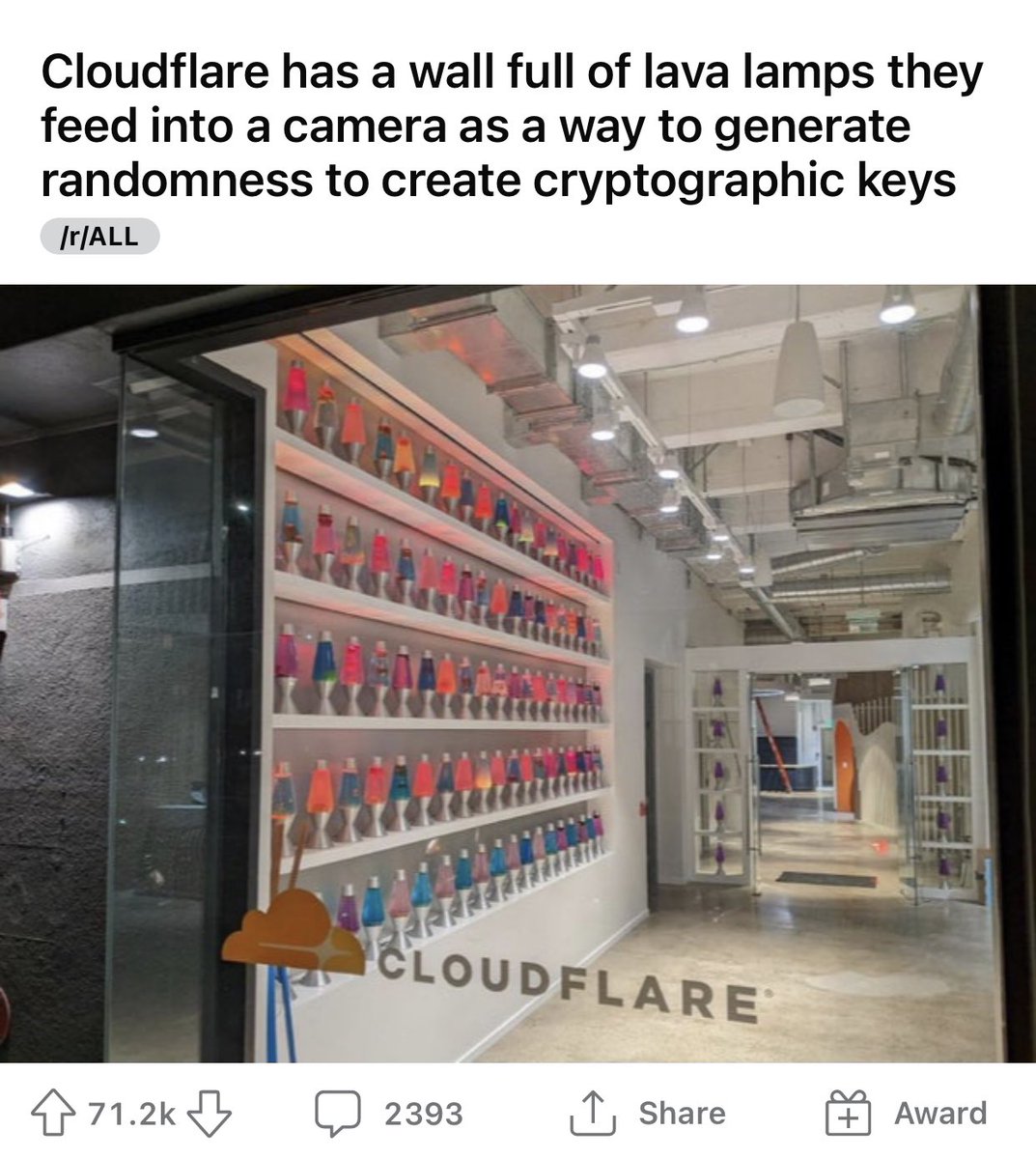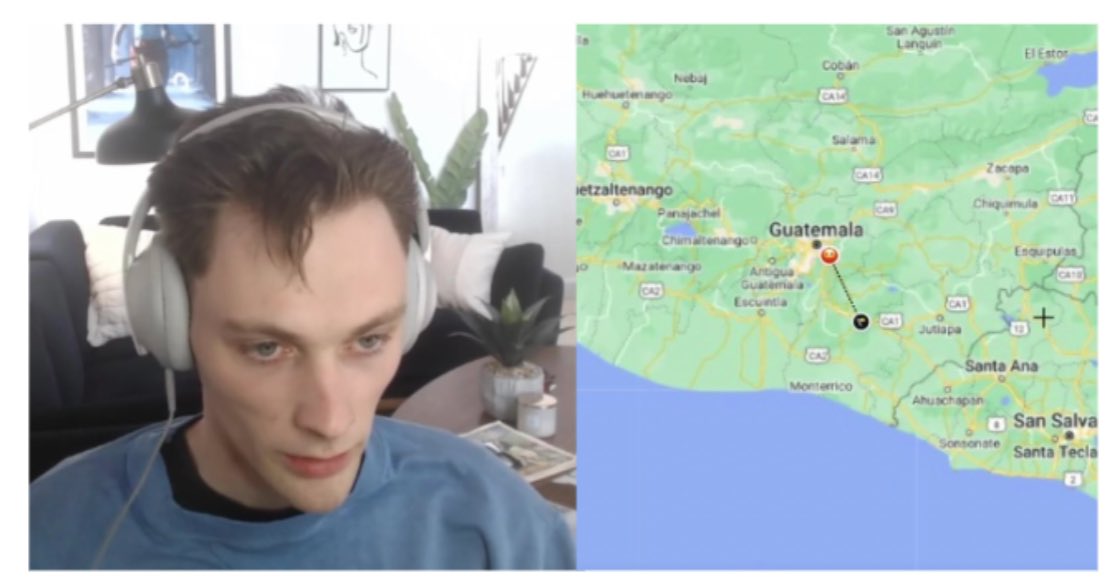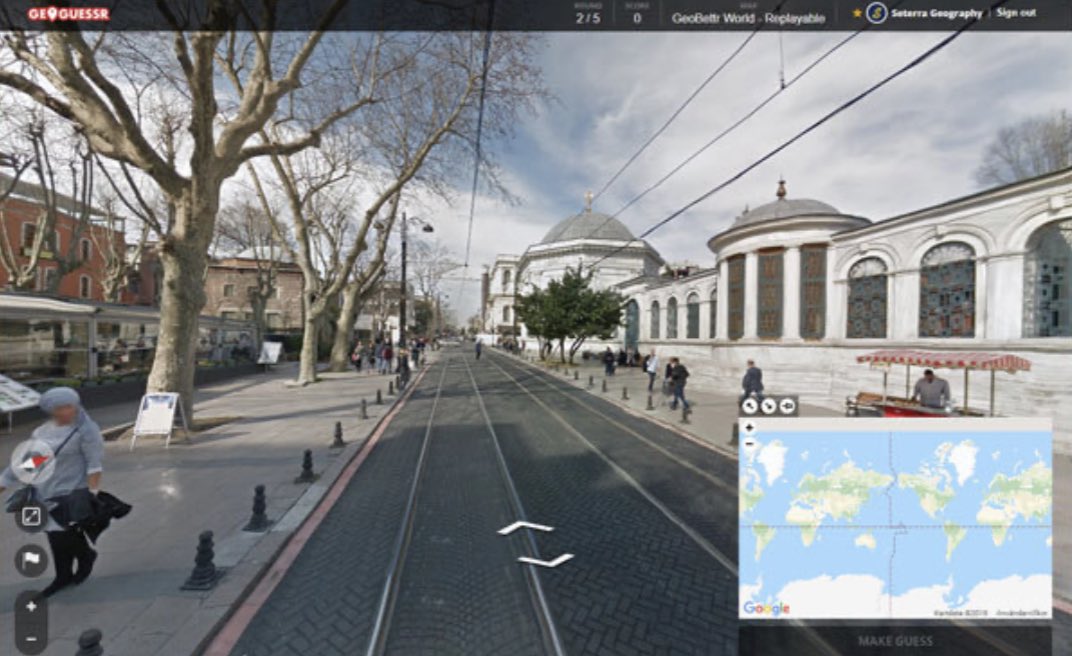
You’ve prob seen a viral clip of 2 shirtless men building an underground mud swimming pool with hands and primitive tools.
It’s a whole YouTube genre and there are a number of similar channels based in Southeast Asia w/ 5B+ views.
Who are these creators?
It’s a weird story🧵
It’s a whole YouTube genre and there are a number of similar channels based in Southeast Asia w/ 5B+ views.
Who are these creators?
It’s a weird story🧵
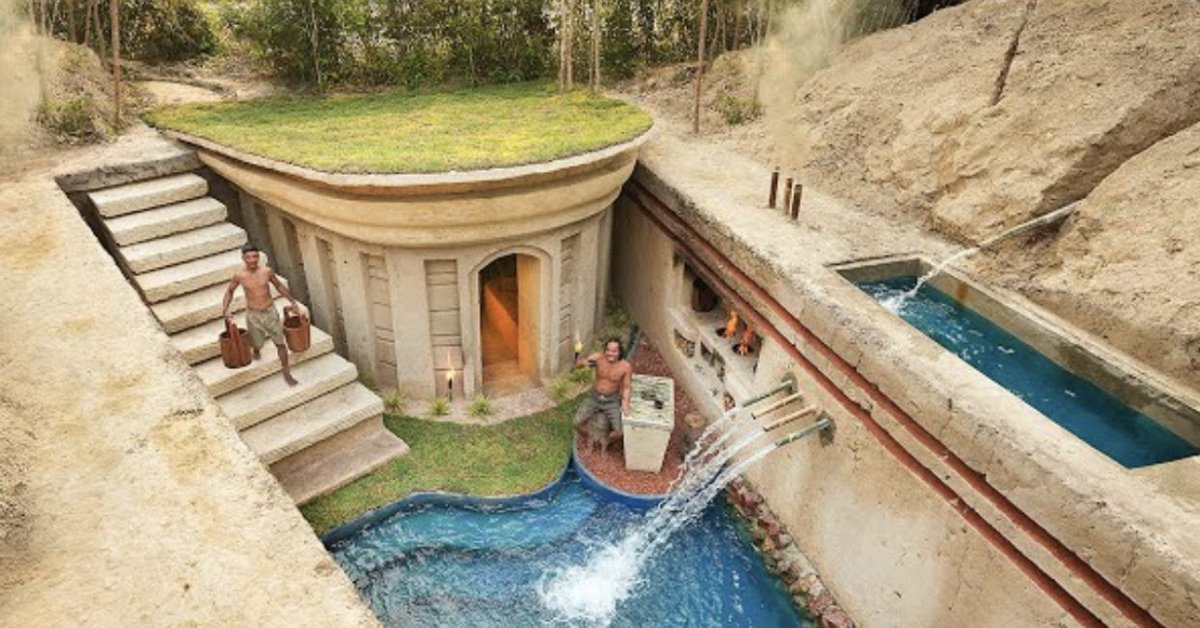
Here’s an excerpt of the clip. It’s set in the Cambodian jungle and comes from a YouTube channel called “Mr. Heang Update”.
In a 20-minute time-lapsed video, 2 men turn a patch of mud into a glorious underground hut and pool.
There’s isn’t much talking (some grunts).
In a 20-minute time-lapsed video, 2 men turn a patch of mud into a glorious underground hut and pool.
There’s isn’t much talking (some grunts).
Mr. Heang Update has 6m+ subscribers and almost 1B views across 21 videos.
The previous clip has an astounding 193m (and it’s not even the channel’s most-viewed clip…although, it will be soon).
The previous clip has an astounding 193m (and it’s not even the channel’s most-viewed clip…although, it will be soon).

Now it gets weird.
Per research by SEA media site @coconuts, there are a number of other channels peddling similar content.
They are all based in Southeast Asia.
I made a partial list, all with 1m+ subs and the word “primitive” or “survival” in the name (5.3B total views).
Per research by SEA media site @coconuts, there are a number of other channels peddling similar content.
They are all based in Southeast Asia.
I made a partial list, all with 1m+ subs and the word “primitive” or “survival” in the name (5.3B total views).

The genre started in 2015 w/ an Australian named John Plant.
His “Primitive Technology” channel — unrelated to the copycats — has 10m subs (1B views).
The vids really show “primitive”: Plant makes items with materials from the wild (pots, ax, fire, tiled roof hut, woven bark).
His “Primitive Technology” channel — unrelated to the copycats — has 10m subs (1B views).
The vids really show “primitive”: Plant makes items with materials from the wild (pots, ax, fire, tiled roof hut, woven bark).

Primitive Technology took off in the following years.
Google Trends for the term peaked at the end 2016. The Southeast Asian “primitive” channels in were all launched in 2016-18 period.
One video from a copycat channel even made YouTube top video list for 2018.
Google Trends for the term peaked at the end 2016. The Southeast Asian “primitive” channels in were all launched in 2016-18 period.
One video from a copycat channel even made YouTube top video list for 2018.

The Southeast Asian creators almost certainly saw Plant’s work and riffed on the “primitive” name.
While Plant kept it really basic, his imitators won the YouTube algo by “surviving” in the wild (get water, hunt) and building elaborate structures (pools, underground huts).
While Plant kept it really basic, his imitators won the YouTube algo by “surviving” in the wild (get water, hunt) and building elaborate structures (pools, underground huts).
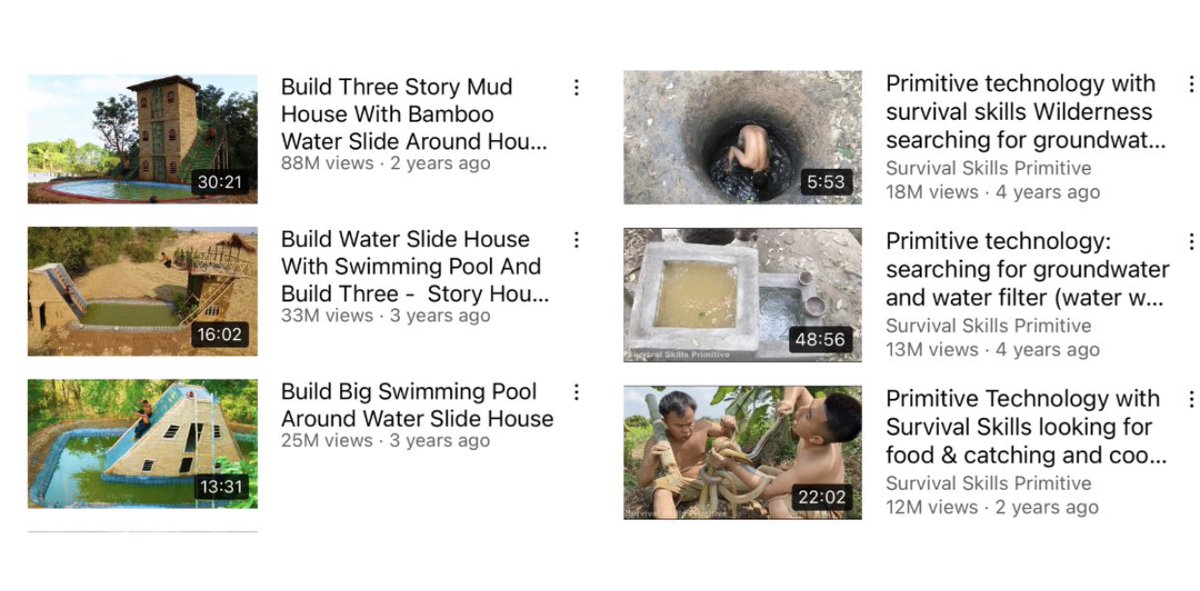
Now it gets extra weird.
The mud structures obviously take time (longer than the few days that the time lapses suggest…some observers say months).
To ride the trend, another group of Southeast Asian “primitive” creators started making creepy “kids eat exotic animals” vids.
The mud structures obviously take time (longer than the few days that the time lapses suggest…some observers say months).
To ride the trend, another group of Southeast Asian “primitive” creators started making creepy “kids eat exotic animals” vids.

The primitive videos w/ kids were creepy AF.
It no longer was “surviving” or “building”. Just kids eating exotic animals while making jungle sounds (prob to hit the “primitive” note).
The YT algo briefly rewarded the gross-out content but the channels were eventually taken down
It no longer was “surviving” or “building”. Just kids eating exotic animals while making jungle sounds (prob to hit the “primitive” note).
The YT algo briefly rewarded the gross-out content but the channels were eventually taken down
The channel takedowns happened around the time (2019) that YouTube started cracking down on bizarre videos aimed at kids.
The setup: adults dressed as Disney or Marvel characters doing very creepy things.
Basically, creators were going wherever the algo was rewarding activity.
The setup: adults dressed as Disney or Marvel characters doing very creepy things.
Basically, creators were going wherever the algo was rewarding activity.

Now, back to the primitive builders.
The vids are impressive. There are of course naysayers that note:
◻️the construction isn’t practical
◻️they prob have help (concrete, electric tools)
Also, there is drone footage of a single Cambodian jungle site left in a mess afterwards.
The vids are impressive. There are of course naysayers that note:
◻️the construction isn’t practical
◻️they prob have help (concrete, electric tools)
Also, there is drone footage of a single Cambodian jungle site left in a mess afterwards.

On the flipside, primitive vids may be the best commercial use of land (if legal).
Avg. monthly Cambodian pay is $200 (“primitive” channels can make $10-100k a month on ads).
Makes sense why the genre took off in the region: there’s incentive, skill, mud and the YouTube algo.



Avg. monthly Cambodian pay is $200 (“primitive” channels can make $10-100k a month on ads).
Makes sense why the genre took off in the region: there’s incentive, skill, mud and the YouTube algo.




If you enjoyed that, I write interesting threads 1-2x a week.
Follow @TrungTPhan to catch them in your feed.
Here's another one:
Follow @TrungTPhan to catch them in your feed.
Here's another one:
https://twitter.com/trungtphan/status/1505575719211991040?s=21&t=lldZ4cAM0q0f9TxtabMOKA
PS. I also write a Saturday newsletter on trending tech, business and internet topics (sprinkled with lots of memes)
Sub here: trungphan.substack.com
Sub here: trungphan.substack.com
And def read Coconut’s fantastic two-part investigation: coconuts.co/bangkok/featur…
• • •
Missing some Tweet in this thread? You can try to
force a refresh


